I accept VadaTech copyright information.
Home
Products
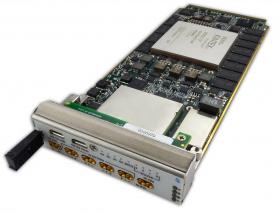
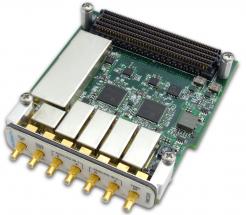
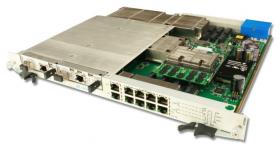
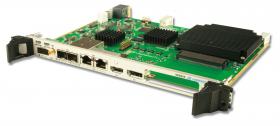
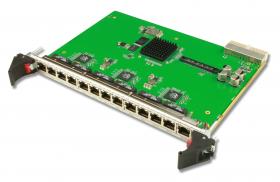
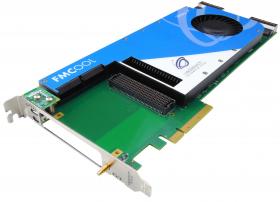
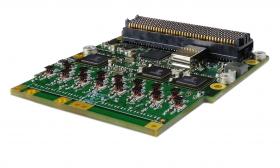
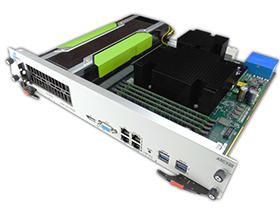
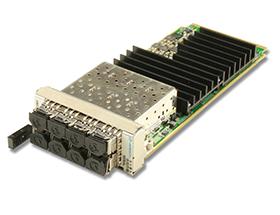
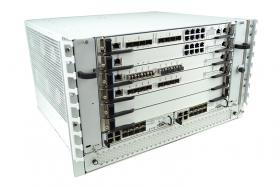
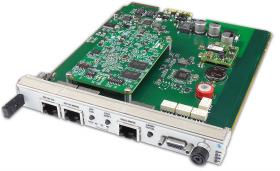
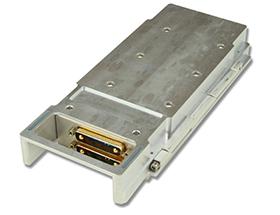
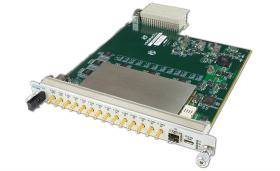
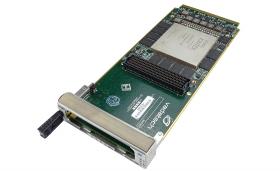
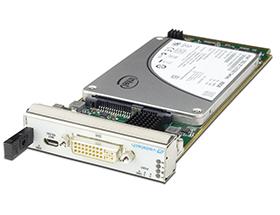
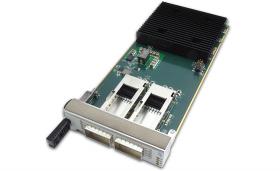
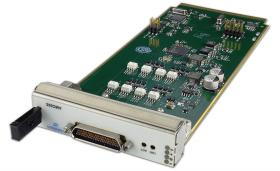
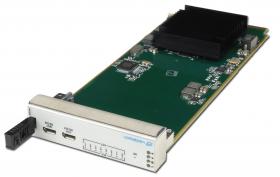
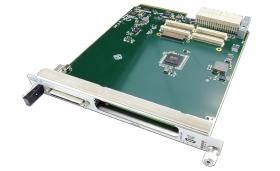
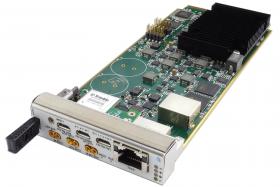
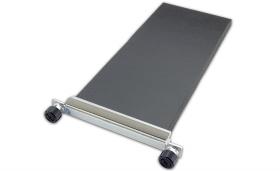
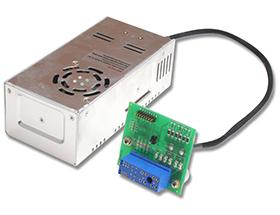
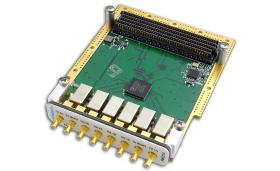
Newsroom
By Function























 |
I accept VadaTech copyright information.
Please enter your email registered at VadaTech and we will send you your password.
Download Datasheet Add to Info Request
add to compareThe ATC500 is an AdvancedTCA Blade whose patent-pending architecture supports a scalable and flexible integrated platform for Wideband Massive MIMO Software Defined Radio.
The two XCVU13P FPGAs provide 100GbE connections to the backplane for full mesh connectivity, plus 100GbE connections to the Zone 3 RTM for further I/O expansion. The FPGAs can be used to implement MIMO PHY processing including FFT, channel estimation, FEC En/Decode and MU-MIMO beamforming.
Applications include:
The ATC500 is also excellent for ASIC verification, AI-Machine learning inference, configurable and dynamically allocable DSP processing for Software Defined Network (SDN).
When fully populated, each ATC500 supports 16T16R TDD or 8T8R FDD, frequency agile from 300 MHz to 6 GHz. On-board synchronization, calibration circuits and algorithms support phase alignments across all RF ports, which can be extended across multiple carriers to provide over 2 GHz bandwidth of modulation and waveform.
When used in a 6-slot full mesh chassis (such as VT830) the system can be scaled up to 64T64R with only four blade or 192T192R with 12 blades in the system such as VadaTech VT820/VT822/VT825. It supports sub 6GHz bands out-of-box and can function as the IF to support mmwave with custom radio frontend, with bandwidth from 400 MHz to over 2 GHz.
RF DSP Inc (www.rfdsp.com) can provide a 5G NR MIMO Radio unit which supports ORAN/XRAN flexible PHY partition with FEC encoding/decoding and DSP offload that features:
The ATC500 supports two Radio Modules (each has four ADRV9009) and can be configured with single or dual FPGAs. It has an option for a Rear Transition Module (RTM), ART500A. The modules provides QSFP28 ports, GPS receiver, GbE, and other I/O via the rear. Please consult the ART500 data sheet for more information.
The ATC500 implements IPMI 2.0 for its management and payload.